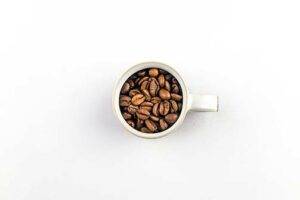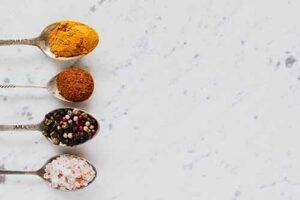
Where Are the Best Coffee Beans in New Zealand?
Nothing beats the sensation of that first sip. A new coffee flavour you’ve never tried before — and now it’s all yours. As the caramel

The Chemex; people have been enjoying it for nearly 100 years, and it remains one of the best ways to enjoy a light, fruity roast.
A Chemex is a pour-over style glass coffee maker, invented by Peter Schlumbohm in 1941. It consists of an hourglass-shaped glass flask with a wooden collar and tie, used to hold a paper filter, in which coffee is brewed. The Chemex uses a thicker paper filter than a typical drip brew basket, which removes more of the coffee oils, resulting in a cleaner taste. It is a manual, pour-over method of making coffee and is known for producing a clean and flavourful cup.
Chemex coffee is known for producing coffee that is clean, bright, and flavourful. This is due to several factors:
All these factors combine make Chemex coffee an excellent choice for coffee enthusiasts and connoisseurs. It’s a manual, pour-over method of brewing that requires some attention and skill, but it’s a great way to enjoy a cup of coffee that really brings out the individual flavours of the bean.
It is possible to make Chemex coffee without a scale by using measuring cups or spoons. Here are the basic steps:
Keep in mind that the coffee-to-water ratio can vary depending on personal taste, and the brewing time can also be adjusted for a stronger or weaker cup of coffee. It’s recommended to use a scale for more accurate results if you want to perfect your recipe.
Here are the basic steps to make Chemex coffee using a scale:
Remember that the coffee-to-water ratio can be adjusted to suit your personal preferences. Experiment with different ratios to find what works for you, and the specific coffee you are using. You should also pay attention to the water temperature, which should be between 90-96 Celsius.

Nothing beats the sensation of that first sip. A new coffee flavour you’ve never tried before — and now it’s all yours. As the caramel

Coffee – it’s more than just a morning pick-me-up; it’s a journey of discovery. For many, the quest for the perfect cup begins with the

In 2020, something huge happened. The COVID19 pandemic and ensuing lockdowns created an opportunity for people to explore making coffee at home. Coffee machine sales

Nestled on the picturesque South Island of New Zealand, Christchurch is a vibrant city that boasts a thriving coffee culture. With its array of trendy

As coffee enthusiasts, we understand the significance of that first sip in the morning or the delightful mid-afternoon pick-me-up. At Bean Merchant, we pride ourselves

It’s important to understand the advantages of making a purchase of a specialised coffee grinder. Many of you will know about the significance of freshly
Copyright ©️ 2024 Bean Merchant. All Rights Reserved.
We do not hold financial information, all secure data is encrypted via Stripe.
Try our unique coffee flavour profiling quiz to find your perfect coffee beans.
Bean Merchant is New Zealand’s most relied upon curator for home coffee delivery. Whatever coffee flavours you are after, we have the widest variety to choose from.